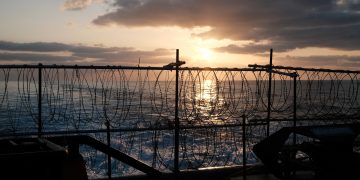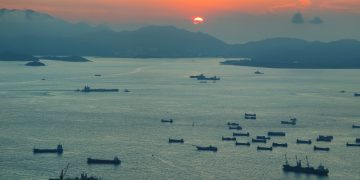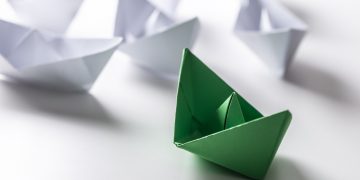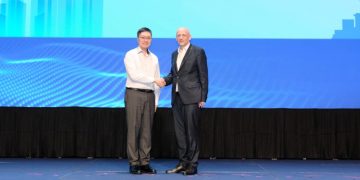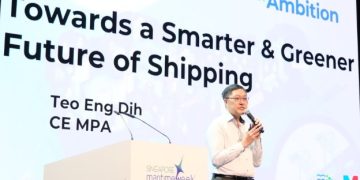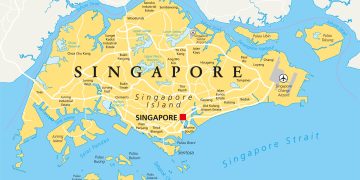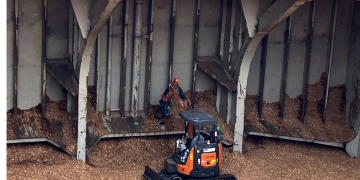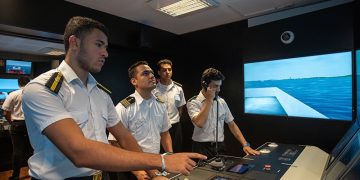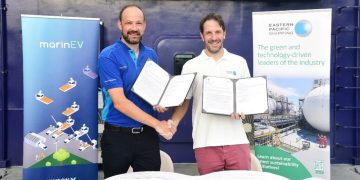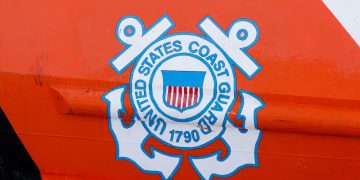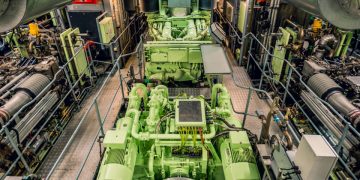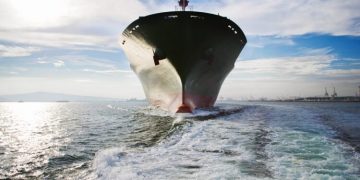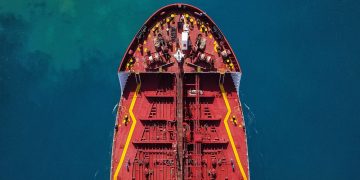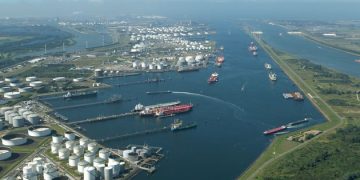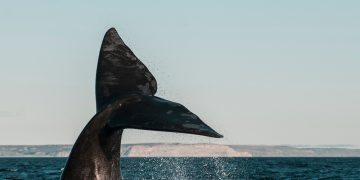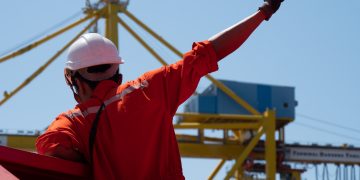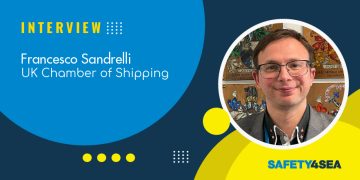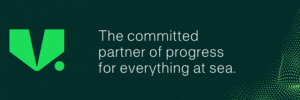Methanol engines of ME-LGI Concept successfully tested
Mitsui Engineering & Shipbuilding (MES) – the MAN Diesel & Turbo licensee – recently demonstrated the liquid-gas-injection concept successfully in Japan. The successful demonstration took place on 17 June, 2015 using the very first ME-LGI engine to ever be commercially produced. The engine, with the type designation 7S50ME-B9.3-LGI, is bound for a vessel currently under construction by Minaminippon Shipbuilding Co., Ltd. for Mitsui O.S.K. Lines, Ltd. Ole Grøne, Senior Vice President – Low Speed Promotion & Sales – MAN Diesel & Turbo described the event as a significant milestone in the development of Diesel technology and said: “The immediate market acceptance of our ME-GI (Gas Injection) engine confirmed the growing demand for low-sulphur, non-HFO options in the face of increasingly stricter sulphur limits in fuel. In turn, extending our dual-fuel engine programme with an ME-LGI unit that can run on liquid fuels was therefore a natural step.” He continued: “The interest in our ME-LGI engine confirms this dual-fuel, lowspeed trend and will offer even more alternatives to HFO, which – apart from methanol – will include LPG, dimethyl ether (DME), and (bio-) ethanol, as well as several other, low-sulphur, low-flashpoint fuels.” Grøne concluded: “We welcome our partners’ interest in ...
Read more





